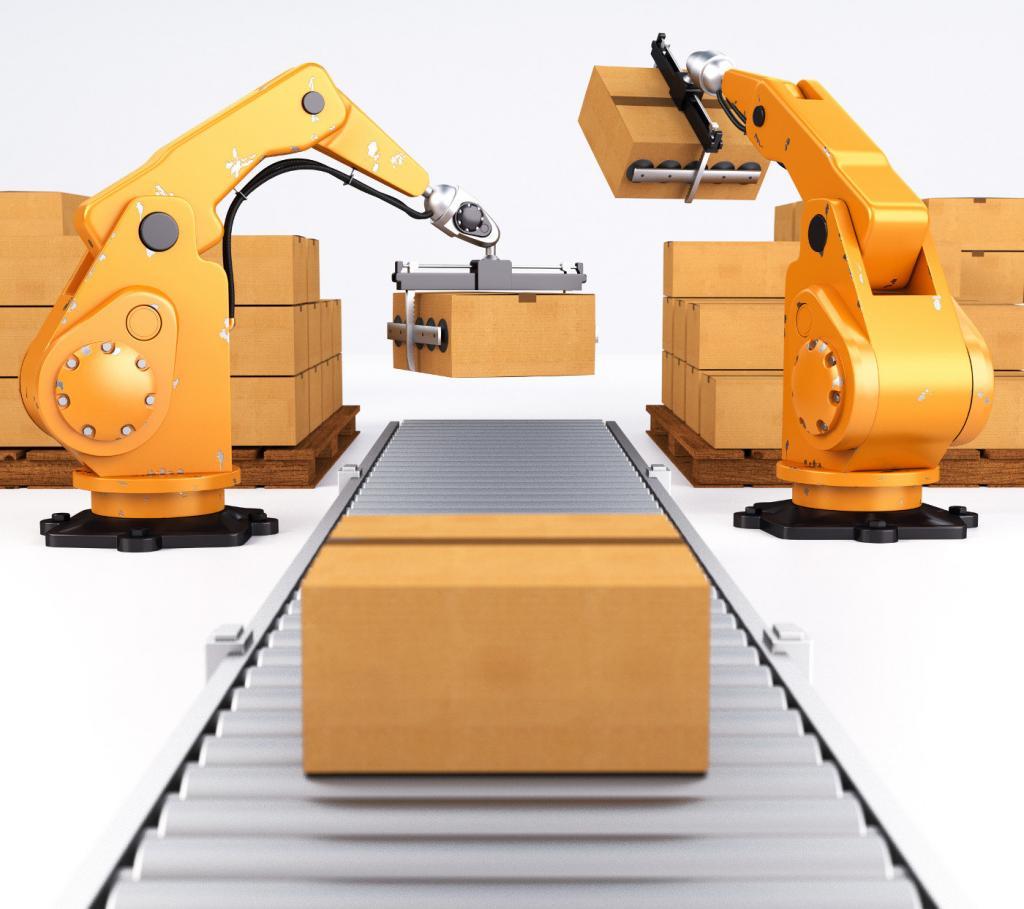The mood among intralogistics professionals remains positive in 2015, even surpassing previous years. This is the finding of an intralogistics study conducted by Ulm-based IWL AG among industry representatives, in which nearly 80 percent viewed future prospects as extremely positive (15 percent) or somewhat positive (64 percent). The respondents, the majority of whom were senior managers (75 percent), cited two main reasons for their favorable outlook: increased sales due to a higher number of customer orders and the development of new markets, and production-enhancing effects resulting from internal restructuring and the reduction of hierarchies.
We will discuss these effects, particularly those achieved through innovation, in more detail below. The study focused on answering the question of what role innovation plays in companies and which trends respondents consider to be trendsetting for the near future.
The study clearly shows that intralogistics companies also consider Industry 4.0 sharply with the actual implementation. Only about 30 percent of respondents indicate that this topic has been addressed or already implemented in their company.
Regarding innovation potential, 50 percent of respondents identified advanced applications as the most important aspect for intralogistics. This result is not surprising in a process-driven field like intralogistics. Particularly in the highly heterogeneous workflows of the diverse industries that rely on intralogistics, significant productivity gains can often be achieved with the help of modern software solutions. Examples include solutions for the optimal buffering of shipping orders or an efficient solution for handling SMD reels in the electronics industry.
Furthermore, significant potential is seen in the further development of order picking technology. With the help of automated storage systems and efficiently controlling software, further productivity gains can be achieved in this area. And it is precisely these process improvements and the ultimately associated cost structure that companies operating in a highly competitive environment are aiming for.
This is one reason why a majority of respondents (60 percent) are extremely open to the use of robots in order picking; with increasing levels of automation, both error rates and labor costs decrease. In this context, ROI (Return on Investment) is of particular importance as a decision criterion.
Not every innovation is important
As open as intralogistics professionals are to new technologies, they are not unequivocally positive about all technological innovations. For example, the use of cloud solutions in intralogistics is viewed with mixed feelings. While almost half of those surveyed see quite sensible applications in using external server capacity, a number of skeptics oppose the proponents. The main argument for its use is seen as increased flexibility (44 percent). Added to this is the potential for cost savings through outsourcing this business area, which for most is not part of their core business. The main reasons for skepticism are concerns regarding data protection (33 percent) and a generally negative attitude towards such innovations due to their own company philosophy.
According to the study, the use of social media channels is considered less important for intralogistics. Only six percent of respondents stated that they frequently communicate via social networks such as Facebook or Xing , while 56 percent have never used this medium. When they do use these channels, it is primarily for image advertising and recruitment. Social media has no significance as a direct sales channel, which is certainly due to the complexity of the goods traded in the intralogistics sector.
Problem: Skilled worker shortage
The study also highlights one of the biggest problems facing intralogistics companies: a shortage of skilled workers resulting from the general decline in birth rates, which already affects twenty percent of companies.
Solutions seen as the described process optimization (26 percent agreement), the automation of processes (13 percent), and improved workplace ergonomics (8 percent) are also considered. However, in the competition for increasingly scarce employees, companies will be required to explore additional recruitment methods. In this context, greater attention should be paid to the currently neglected social media channels, as these are the primary means of communication for the sought-after young target group.
Conclusion
As positive as the overall mood in intralogistics is due to the strong order book, the need for continuous process optimization remains. Companies welcome and demand innovations in hardware and software. In addition, businesses must address a growing shortage of skilled workers. Without qualified employees, every economic upswing will inevitably come to an end.
Further information on the study results can be obtained from IWL AG .


